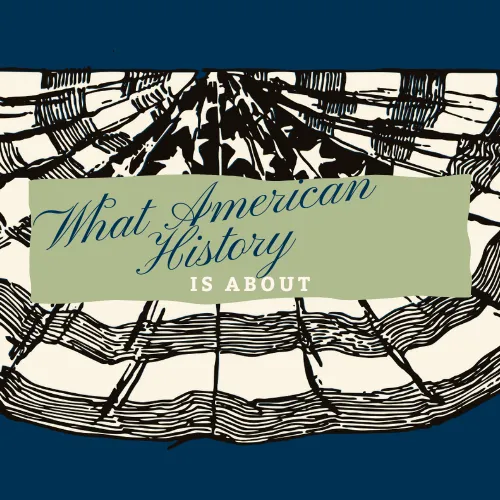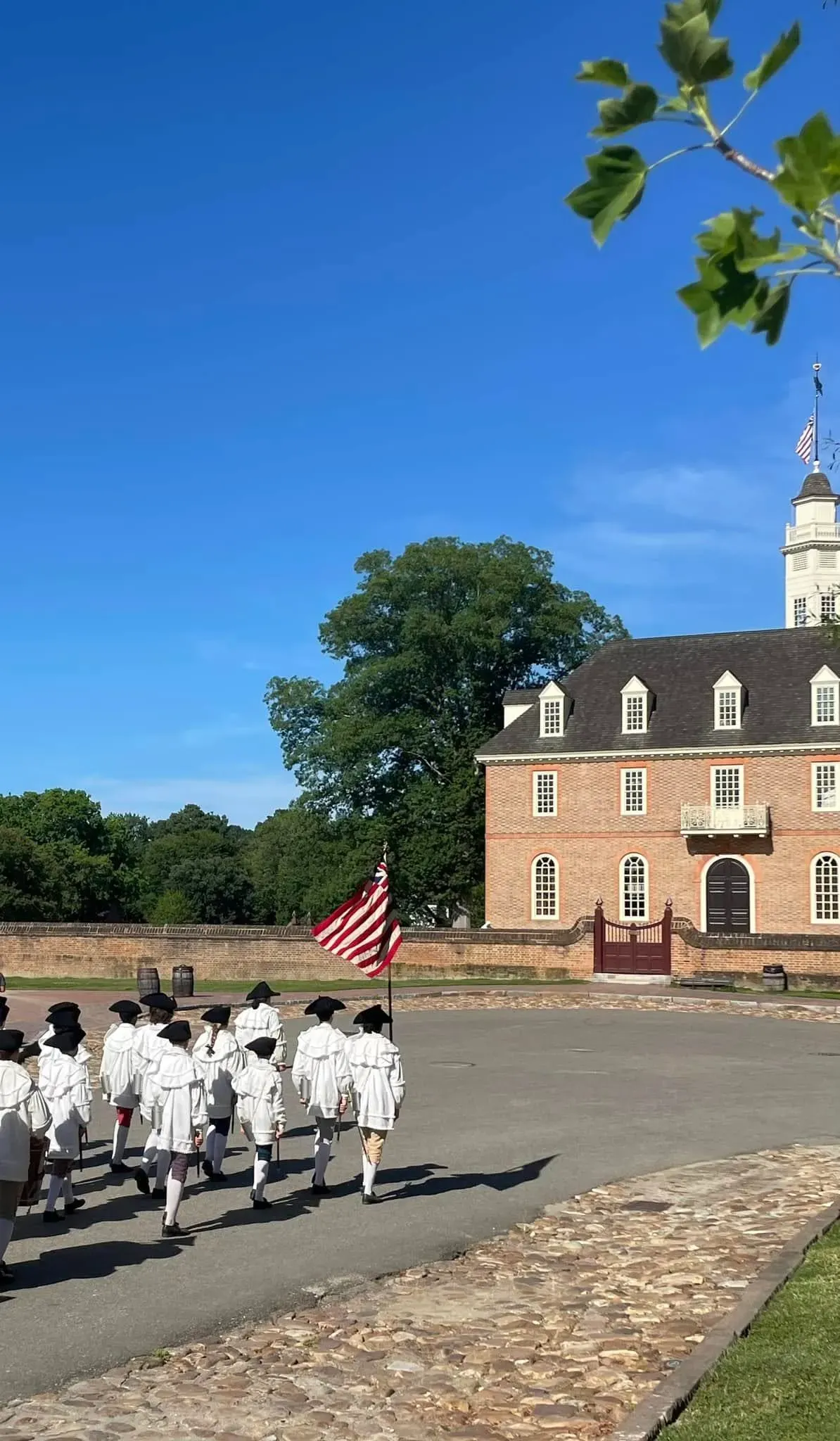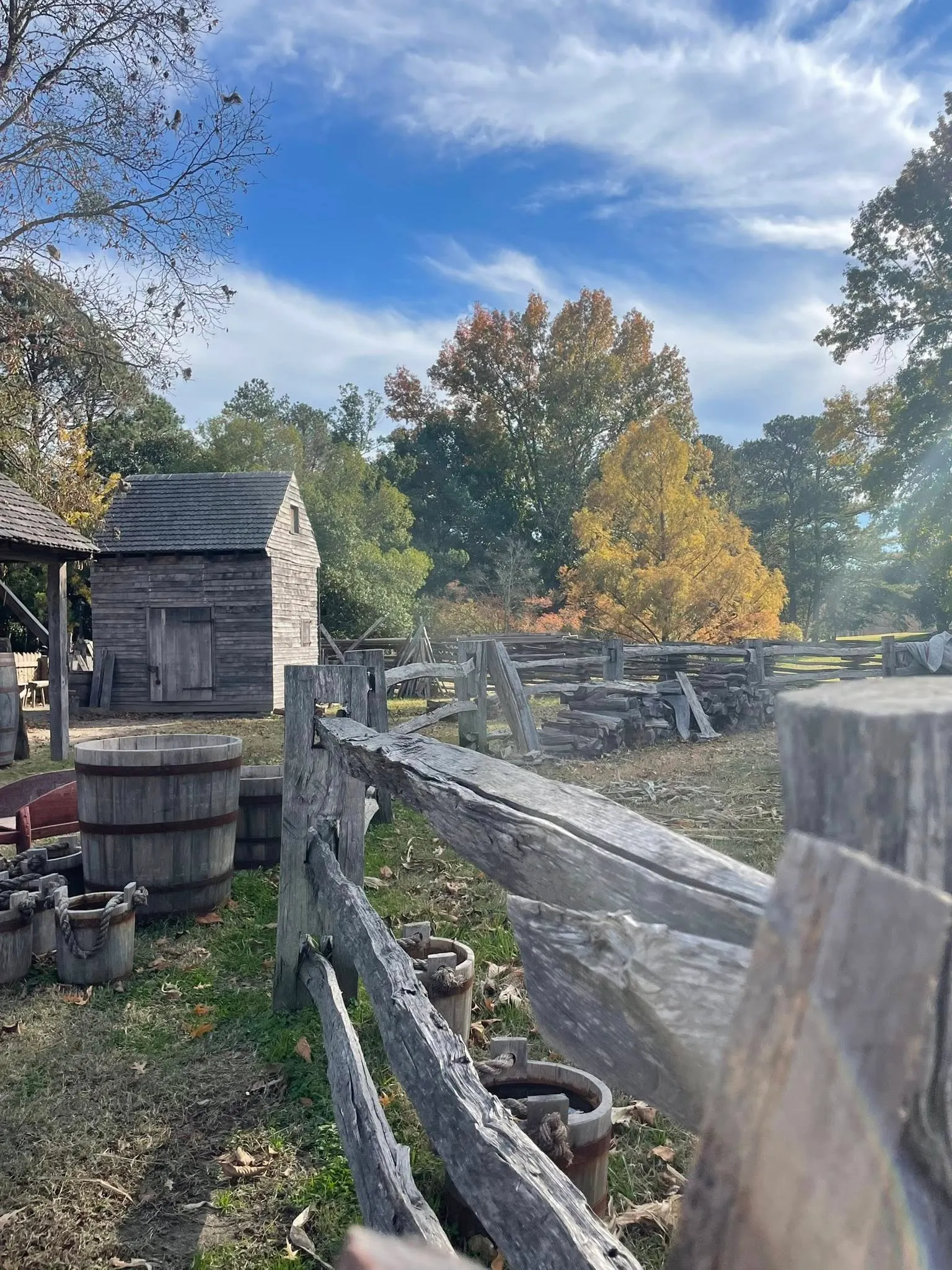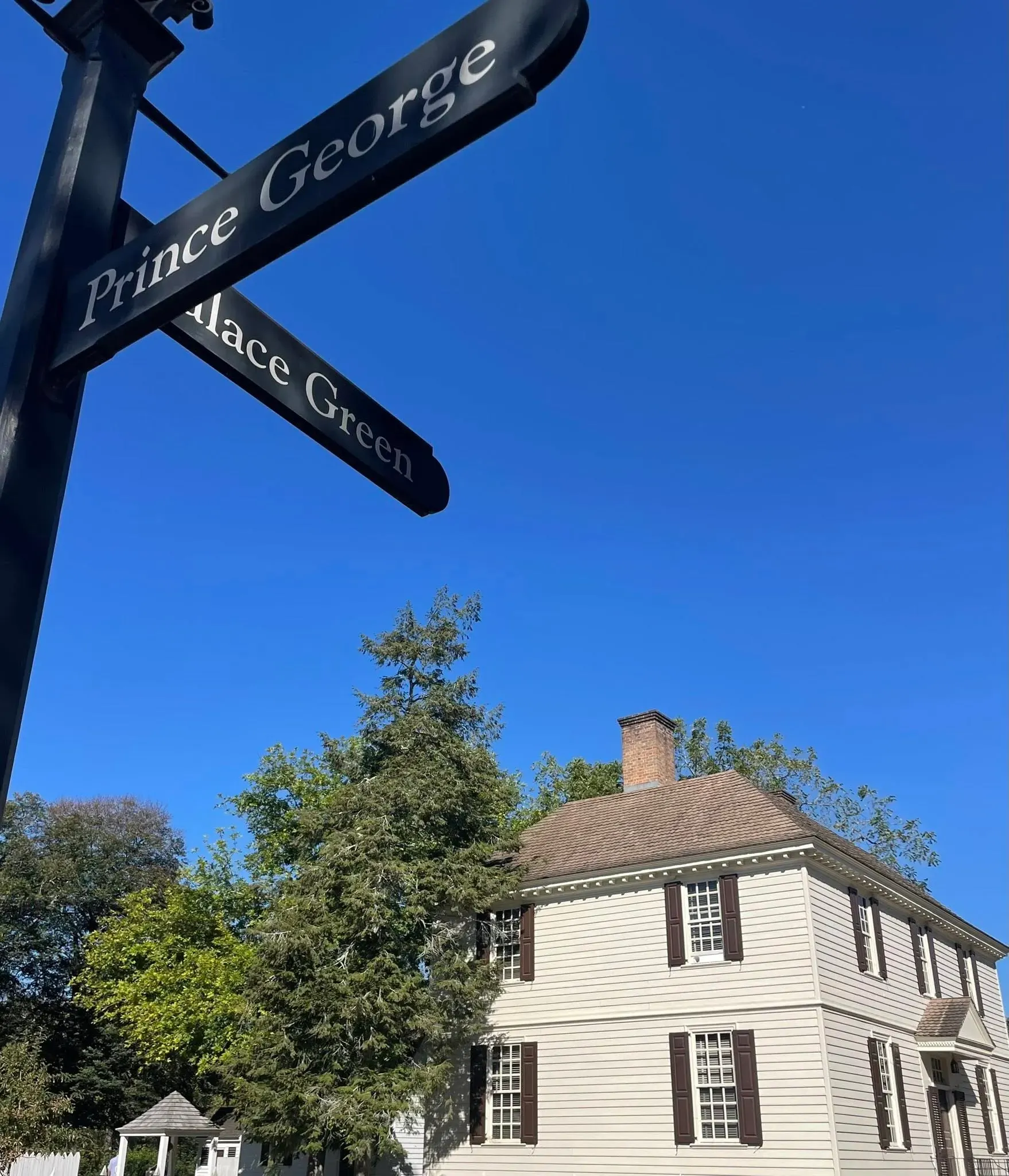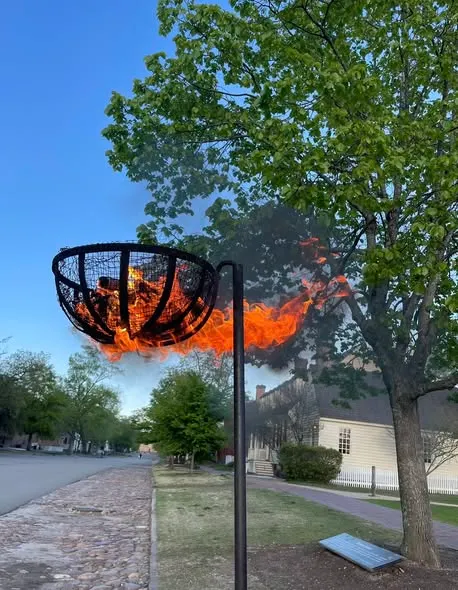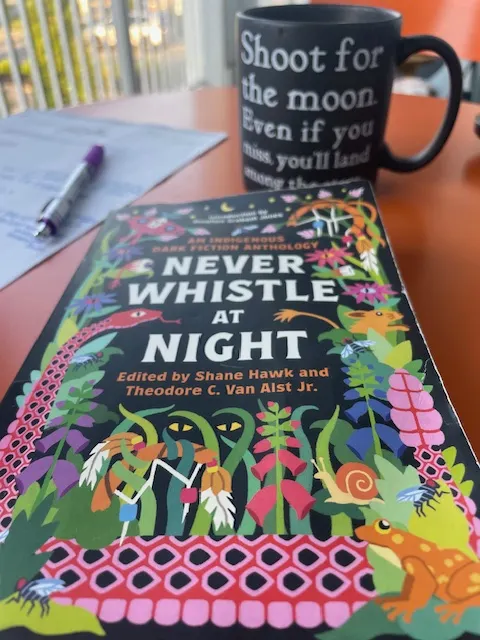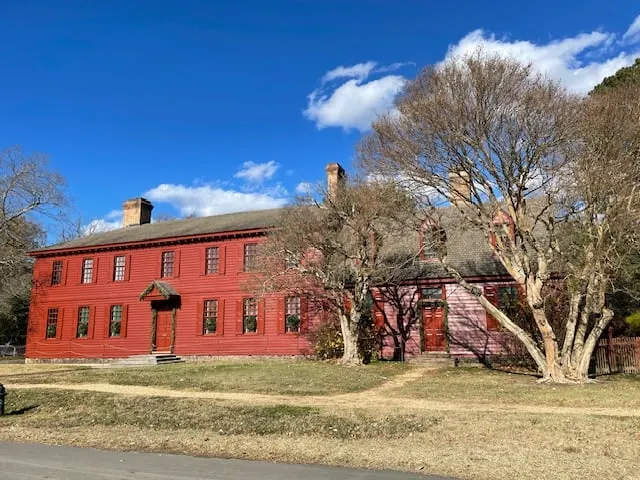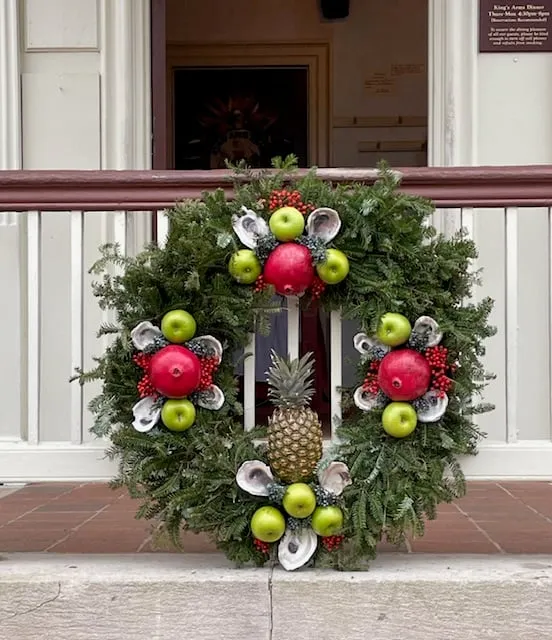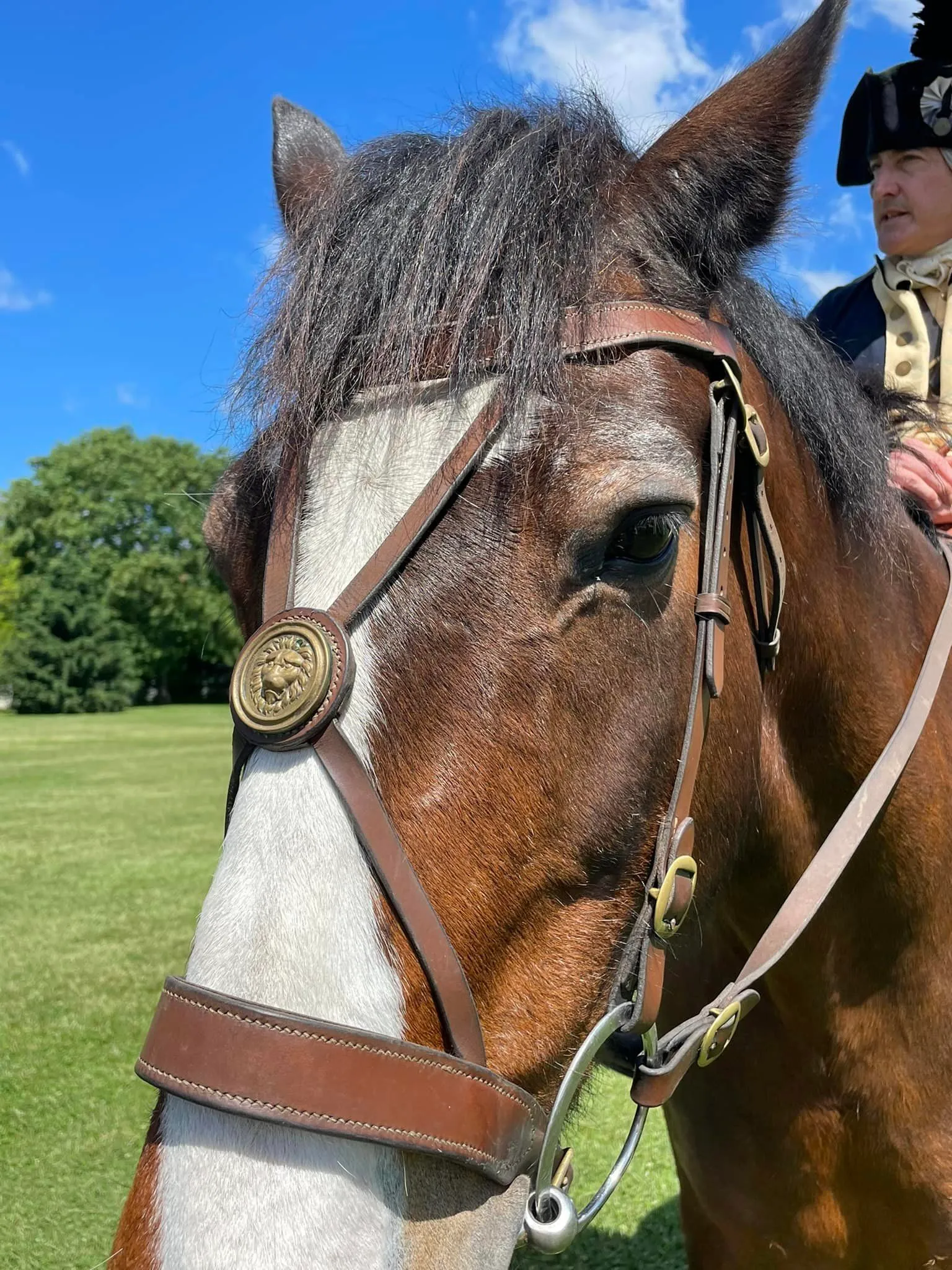October 19, 1781: Victory At Yorktown and the Beginning of A New Journey
Celebrating the Victory at Yorktown!
As many times I've (happily!!) seen the Marquis de Lafayette speak, wandered Colonial Williamsburg (CW) and learned about our American Revolutionary War, October 19, 1781 is ingrained in my brain.
The Victory at Yorktown is a critical moment in our United States history. What was a sleepy little tobacco port played host to what began the final stages of war and independence...and the beginning of a new journey as the United States of America...both for the nation itself and the humans who lived the history.
We've been out of state visiting family so missing this year's events in the Historic Triangle, but I was watching from afar and we've been fortunate to be around for past celebrations.
In my opinion, something we should celebrate this October and every October going forward.
Necessary disclaimer: As a blogger, I use affiliate links sometimes! I may receive commission from purchases I share; it does not change your price but sometimes you might get a discount.
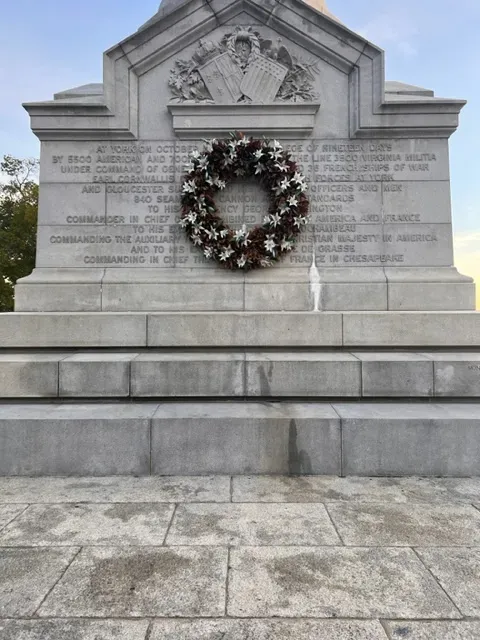
Victory monument, Yorktown, Virginia
Some pre-Battle of Yorktown tidbits:
- A letter from Lafayette supporting James Armistead's emancipation leads historians to believe James played a pivotal role as a spy for the Continental Army.
- The French Navy's support and the end result of the Battle of the Capes set the stage for a victory over the English.
- General Washington and Major General Lafayette headquartered at George Wythe's home in Williamsburg in advance of the battle.
- General Rochambeau stayed in Peyton Randolph's home in Williamsburg.
- Approximately 21,000 troops (American and French) stayed in and around Williamsburg in advance of the battle.
- The mystery of the Frenchman's Map: was it created prior to the battle in order to organize the stationing of troops in winter quarters after the siege at Yorktown? Click here to read more.
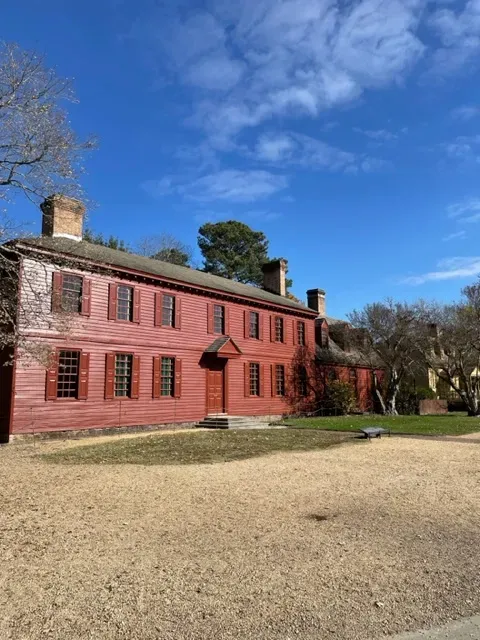
The Peyton Randolph House
Some tidbits about the Battle of Yorktown:
- George Washington fired the first shot ceremoniously.
- Alexander Hamilton went above his commanding officer's, the Marquis de Lafayette's, head to request General Washington give him command of the troops to take redoubt 9.
- After Hamilton took the redoubt, he sent a message asking the French if they needed help. The French declined his offer.
- The American troops celebrated and the British undid Hamilton's work. The French had to go in and re-take it.(I got this from a primary-sourced presentation and multiple discussions here in CW... not by watching a musical!).
RELATED: There are so many aspects to the battle and we're fortunate the National Park Service has put together resources online! Click here to get access and of course - come visit if you get the chance!

The journeys that came after the Victory at Yorktown:
The Treaty of Paris, September 3rd, 1783 would officially end the American Revolution. You can read the transcript here on our National Archives website.
John Wallis created the first British map recognizing the United States of America as an independent nation in 1783 (you can see it here in the collection at the Art Museums of Colonial Williamsburg).
General Washington would become the first President of the United States of America, making Martha the first President's Lady.
Those known (and not-so-well-known) as our "founding fathers" really began the work to create a unique and new type of government. The United States Constitution was signed on September 17, 1787 in Philadelphia.
Lafayette would return to Yorktown in 1824 at the invitation of President James Monroe, who served in the Continental Army as a teenager. He toured all 24 states and it will be celebrated in 2024!
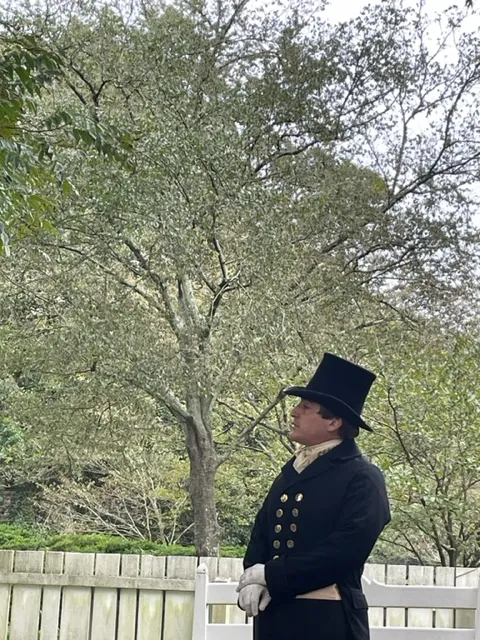
Mark Schneider, CW actor/historian costumed as the Marquis de Lafayette's during his 1824 tour.
Calls to action.
I'm updating this post in 2025, as I've gone from a "journal style hobby blog" to a deeper dive and focus on this as my core business. It's my passion- so it makes sense!
That said, I'm adding some calls to action as part of my more comprehensive approach to blog posts.
- visit the American Revolution Museum at Yorktown- I'll make it easy: grab tickets here!
- wander the battlefield - the details about passes are here on the National Park Service's website
- take it an extra step: book a call with me so I can create a customized travel itinerary for you that can include Yorktown and related sites you may not easily track - let me do the curating for you! Book a call here.
Closing words from history.
George Washington's diary entry of October 17, 1781. Marking the moment he receives word from Lord Cornwallis' about British surrender. Read it in full on Founders Archives, with notes and citations, by clicking here.
[Diary entry: 17 October 1781]
17th. The French opened another Battery of four 24s. & two 16s. and a Morter Battery of 10 Morters and two Hawitzers. The American grand Battery consisting of 12 twenty fours and Eighteen prs.—4 Morters and two Hawitzers.
About ten Oclock the Enemy beat a parley and Lord Cornwallis proposed a cessation of Hostilities for 24 hours, that Commissioners might meet at the house of a Mr. Moore (in the rear of our first parallel) to settle terms for the surrender of the Posts of York and Gloucester.1 To this he was answered, that a desire to spare the further effusion of Blood would readily incline me to treat of the surrender of the above Posts but previous to the meeting of Commissioners I wished to have his proposals in writing and for this purpose would grant a cessation of hostilities two hours—Within which time he sent out A letter with such proposals (tho’ some of them were inadmissable) as led me to believe that there would be no great difficulty in fixing the terms.2 Accordingly hostilities were suspended for the Night & I proposed my own terms to which if he agreed Commissioners were to meet to digest them into form.
Are you enjoying the blog? Use my online tip jar and buy me a coffee:
There is a huge practical disclaimer to the content on this blog, which is my way of sharing my excitement and basically journaling online.
1) I am not a historian nor an expert. I will let you know I’m relaying the information as I understand and interpret it. The employees of Colonial Williamsburg base their presentations, work, and responses on historical documents and mainly primary sources.
2) I will update for accuracy as history is constant learning. If you have a question about accuracy, please ask me! I will get the answer from the best source I can find.
3) Photo credit to me, Daphne Reznik, for all photos in this post, unless otherwise credited! All photos are personal photos taken in public access locations or with specific permission.
